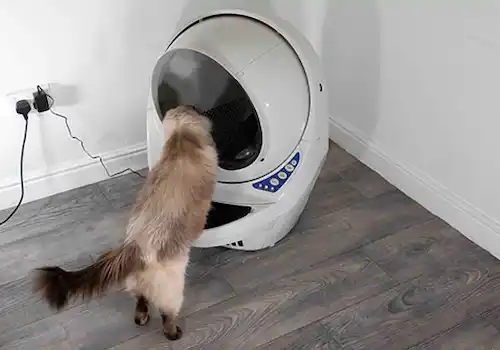It’s scary when a cat emergency strikes in the middle of the night. Your home is your comfort zone, and clinics may be a distance away, so you just want to get your cat help FAST.
Take a breath. This guide leads you through easy, step‑by‑step actions to help you stay calm, check the most important signs, and prevent common mistakes while you get professional help.
First, determine ff it Is a true emergency
Here is a brief checklist to move FAST. Remain calm, gaze at your cat for 10–20 seconds, then compare what you’ve seen with examples listed below. If there is a red flag, don’t delay
Seek help right away if you have any of the following:
- Difficulty breathing or open‑mouth panting
- Blue/gray or very pale gums
- Collapse, fainting, or extreme weakness
- Heavy or uncontrolled bleeding
- Seizures (or a series of back-to-back tremors that won't stop)
- Ate or likely ate something toxic (lilies, cleaners, human meds)
- Extreme pain, constant crying, or not wanting to move
- Struggling to urinate or cannot urinate (male cats in particular)
- Injuries to the eye (such as the eye suddenly becoming swollen, bleeding, or not opening)
- Hyperthermia, hot to the touch, 'pant-temperament'
If you see a red flag, get 24/7 emergency care at your door on demand
Other symptoms, however less serious
Other illnesses/problems that need veterinary attention… (Not necessarily the midnight rush.)
- Diarrhea and or vomiting, no blood, and your cat is not acting sleepy.
- Limp disturbs without any obvious injuries. Mild to moderate.
- Scratches and abrasions that did not bleed
What to do: Monitor them closely, keep your cat quiet and warm, and consider an overnight in-home vet visit. Vet can assess your cat, treat them, and let you know the next steps without the stress of travel. When ANYTHING gets worse, or you don't know what to do, move to 24/7 emergency care at your door!
What to Do Before Help Arrives
Follow these basic steps and learn what to do to help protect your cat until help arrives.
- Relax and make it a safe room
Settle your cat in a silent dark room. Limit handling. Warm them and get them away from the other pets.
- Airway–Breathing–Bleeding check
Place them in an elevated position on the chest and straight across the neck. Watch breathing. If bleeding, lay a smooth cloth, but no tourniquet. No food or water right now.
- What You Should not do
Refrain from the use of human medicines. Never attempt to choke your cat to regurgitate unless your vet has explained so to you.
- Pack Your EMERGENCY Bag
To avoid panic at the eleventh hour, get your emergency bag ready. It will save you time when going to the vets. Do not forget to add an emergency towel, toiletries, and your ongoing medications.
Conclusion
Night emergencies are scary, but they are not exactly unmanageable. Pay attention to the red flags, give rudimentary care, get HELP. If travel can be tough or your cat is anxious, try Vet's at Home service.







